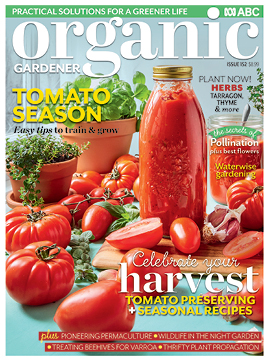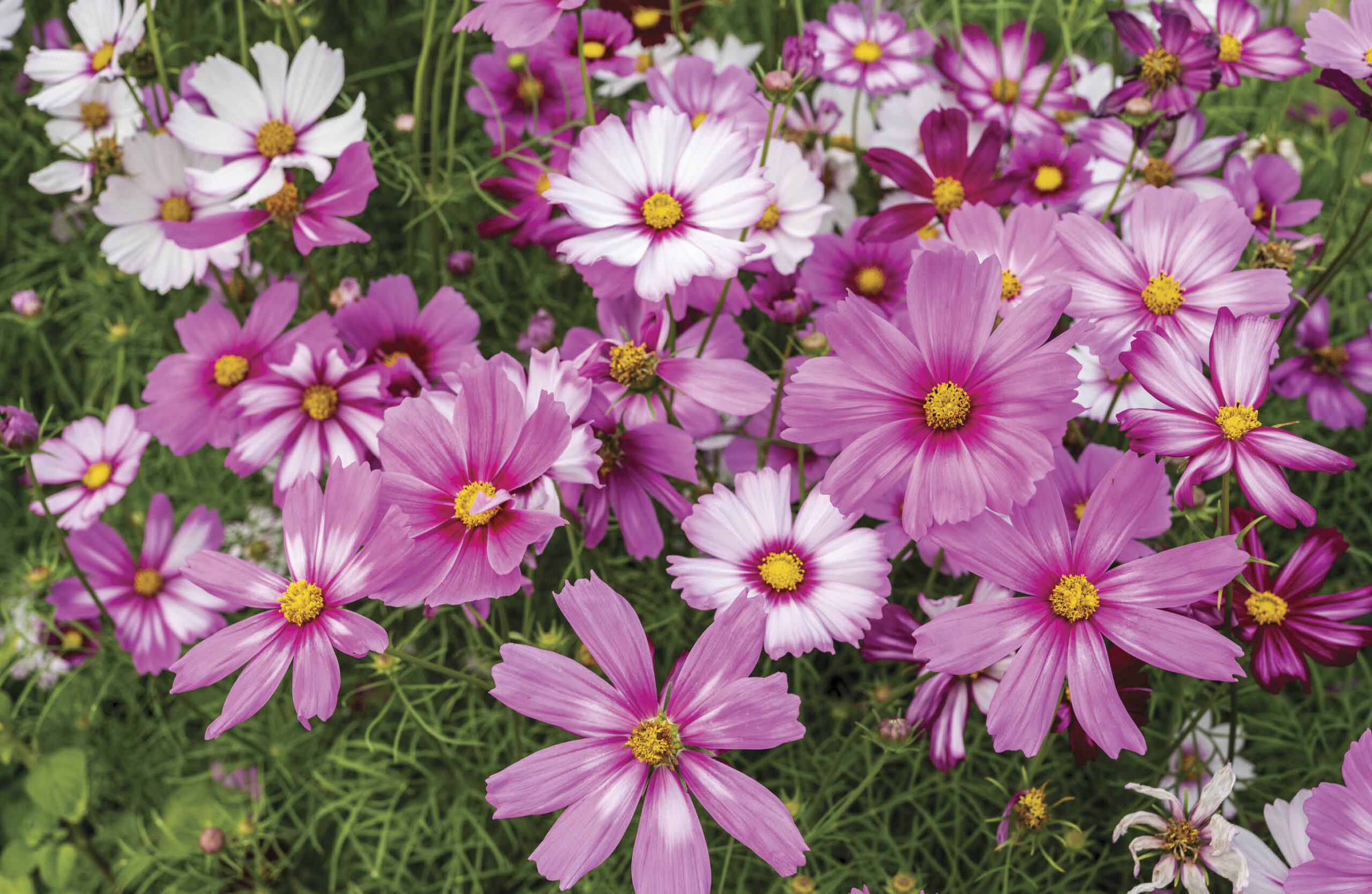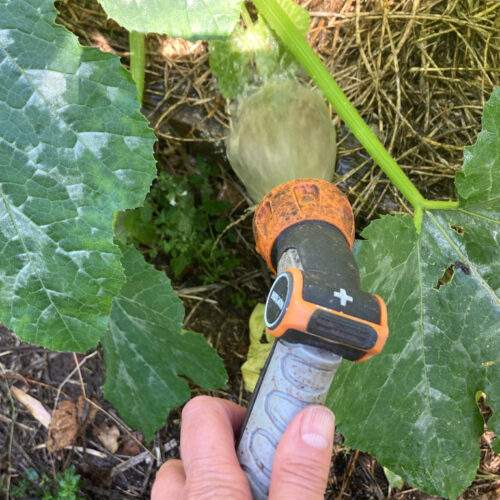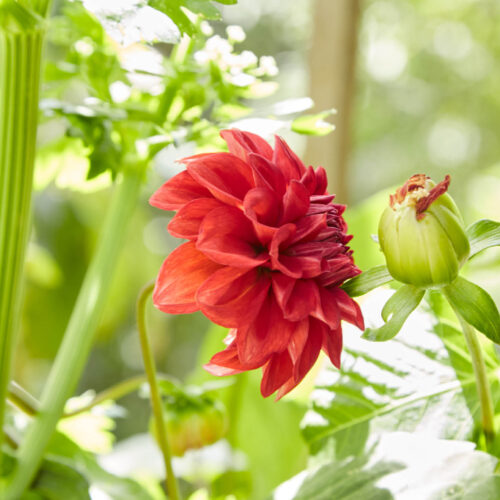What to plant to attract pollinators
2025-01-15T16:17:51+11:00
Nectar and pollen are the pollinator's reward but which flowers will give them what they want? Nature has tricks to tell them.
Why do plants make beautiful, complex flowers? To inspire poets and romance, of course! Although worthy purposes from our point of view, the answer is more pragmatic: to attract and aid pollinators. Which is why wind-pollinated flowers are seldom seen in wedding bouquets. They are small, inconspicuous, cause hay fever and are messy.
Wind pollinated flowers rely on quantity not quality for reproduction. They produce vast numbers of pollen grains, which take their chance that breezes will kindly carry them to a receptive female flower part. They don’t need showy petals, landing platforms, or perfume to travel on the wind. But the wind may blow the wrong way, on the wrong day and the plant’s energy expenditure in producing oil and protein-rich pollen is wasted.
Attracting a foraging animal that will carry pollen directly to other flowers is like paying for express delivery rather than throwing a letter in a bottle to the mercy of ocean currents. In the evolutionary melting pot, plants had hit the jackpot. From primitive flowers such as magnolias, to relatively recently evolved orchids, plants developed extraordinary strategies to capitalise on this win, including the production of nectar, thanks to which we enjoy honey.
Flower colours, shapes, structure and perfumes all play their part in attracting pollinators. The shape and structure of a flower will help attract pollinators to your garden, although birds prefer a sturdy stalk. The scent of a flowers is basically there to attract insects.
Shape of things
Floral shape and structure are an important part of the pollination story. Petals provide a stable landing platform to support insects as they forage pollen and nectar. Birds prefer a sturdy stalk for claws to grip while they thirstily sup on nectar.
Think grevilleas, banksias, gum blossom and bottlebrush – devoid of petals, dense with pollen-laden stamens, their abundant nectar rewards Australia’s numerous honeyeaters across the seasons.
Sometimes nectar is held inside deep tubes necessitating the insect or bird to probe with a specialised proboscis or beak, or even crawl in, ensuring contact with sticky pollen, a little of which rubs off on the next flower visited.
Perfume attracts
Making perfume is energy intensive. Birds don’t have a sense of smell, so it’s to attract certain insects and will only be produced when they are active. For example, bees are active in the morning, while moths are out at night.
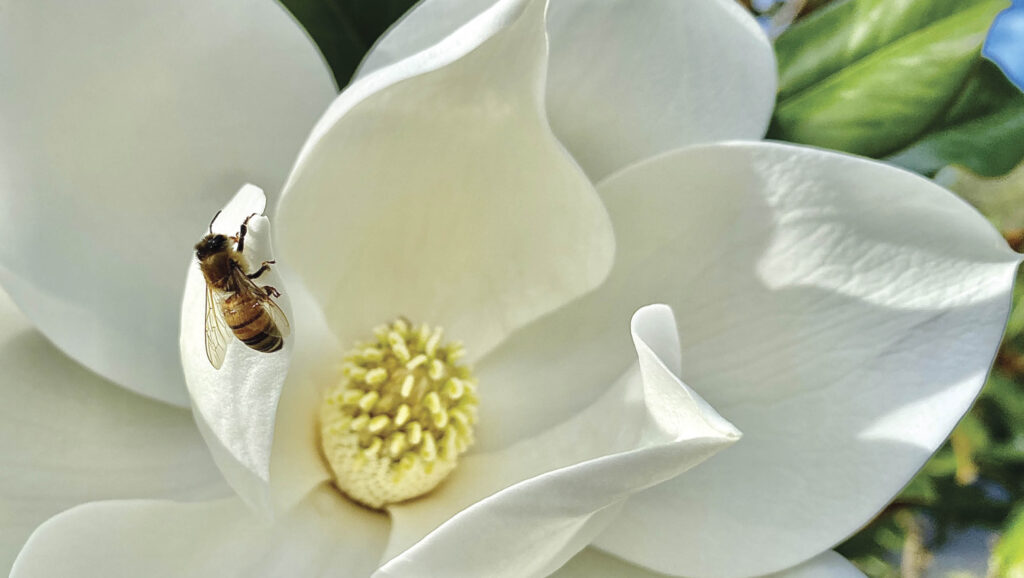
Orchids are the creatives when it comes to scent as an attractant. Some of them produce a scent identical to the pheromones of their pollinator, who are duped into believing they have found a mate. Attempting to copulate with the flower, the unfortunate insect assists the sexual reproduction of the orchid rather than itself.
While insects and birds are the major plant pollinators, bats and some mammals are important in certain ecosystems.
Flowers are integral to the web of life. So it’s important for us to support nature by gardening with pollinators in mind.
Helen Cushing’s full article about planting for pollinators can be found in the Spring 2024 issue (OG 152). Subscribe to Organic Gardener magazine and you’ll get eight issues delivered to your door, filled with great organic growing ideas and practical solutions!
